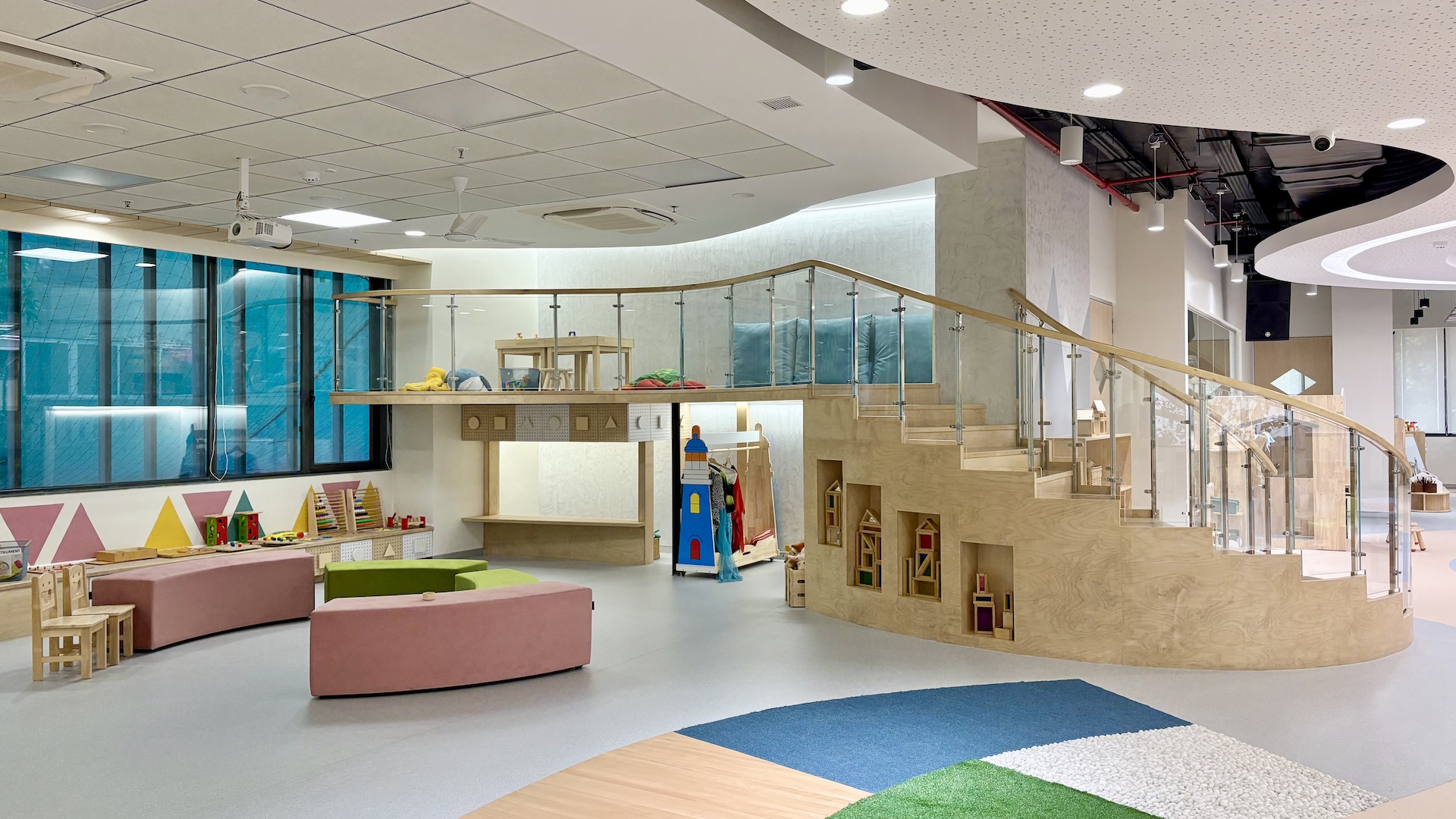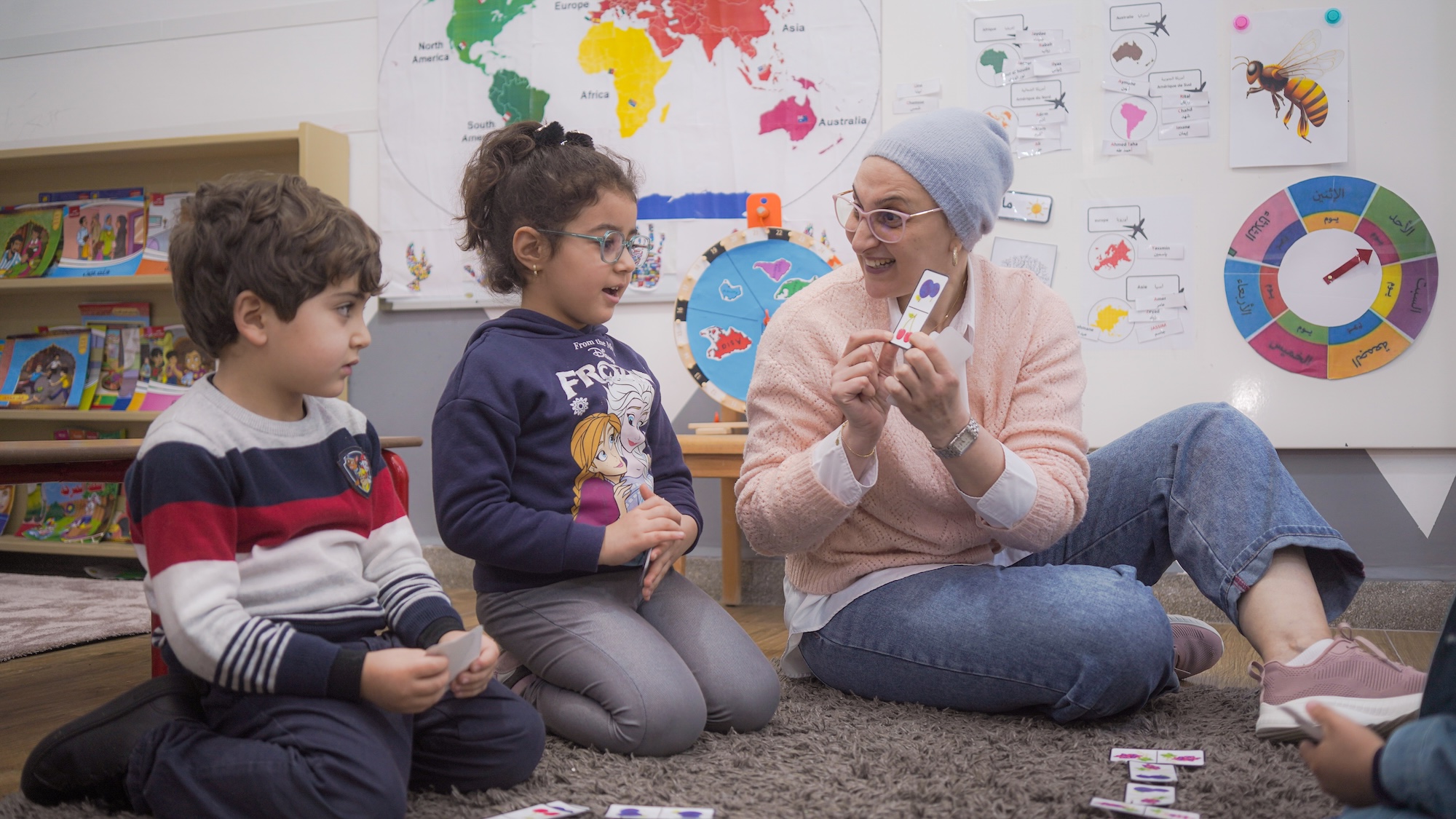In today’s rapidly changing world, parents and educators often ask the same question: What are the most important Future Skills children need to succeed? On one side, science, technology, engineering, and mathematics (STEM) are viewed as the backbone of tomorrow’s careers. On the other, essential Future Skills such as creativity, empathy, and teamwork are equally critical for thriving in the 21st century.
This debate is less about choosing one over the other and more about understanding how both contribute to shaping Future Skills: the abilities children need to become adaptable, confident, and innovative adults.
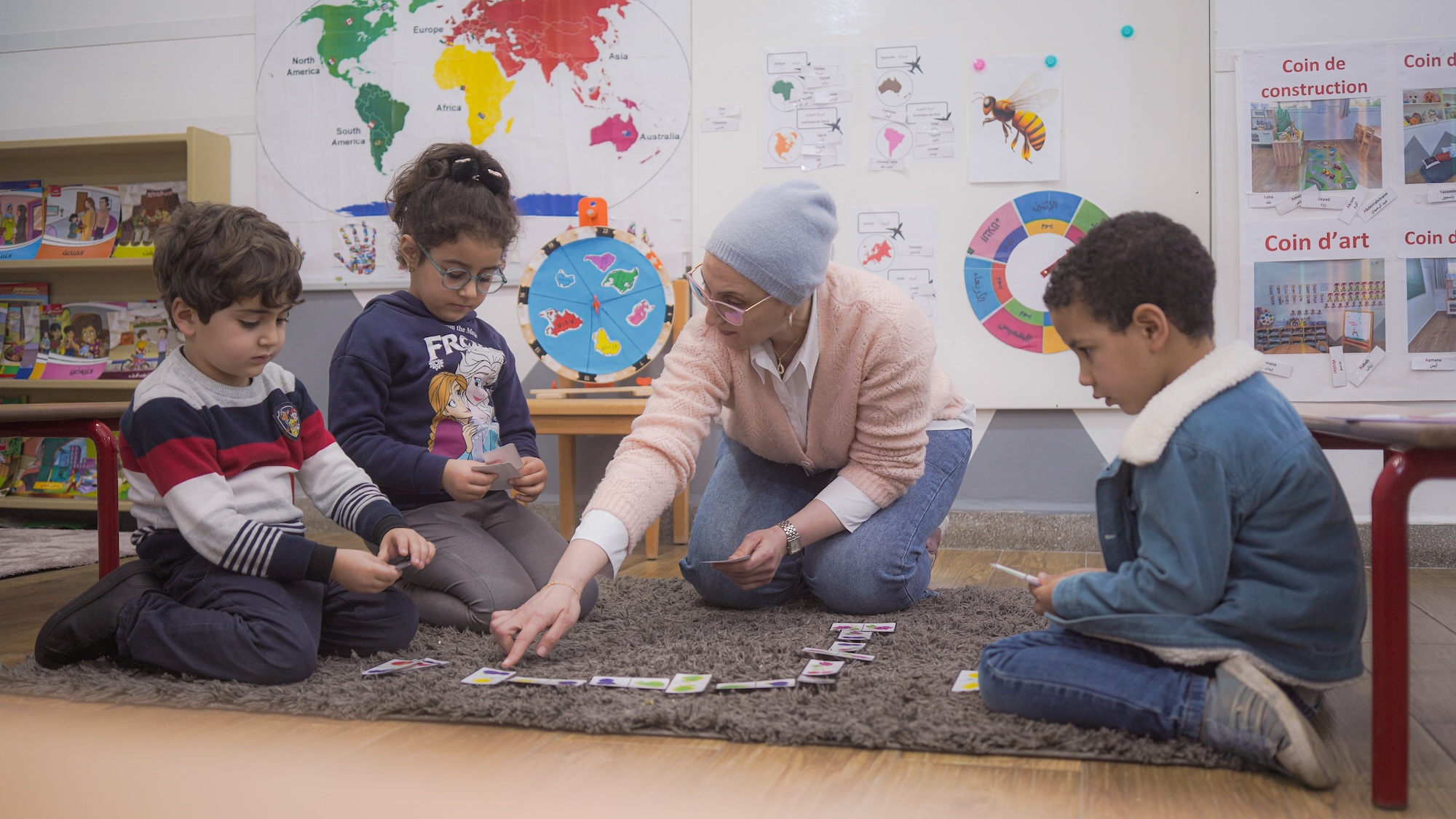
Understanding future skills in today’s world
What do we mean by future skills?
Future skills are the key abilities that prepare children to thrive in the world of tomorrow, one defined by rapid change, technology, and global connection. These skills go beyond traditional academics, combining technical expertise with human-centred qualities. They include the ability to think critically and solve problems, to create and innovate, to adapt confidently in a digital world, and to work and communicate effectively with others. Just as important are emotional intelligence and leadership, which enable children to understand people, build meaningful relationships, and inspire those around them. Together, these future skills empower children to embrace uncertainty and flourish in an ever-changing world.
The growing demand for future skills
According to the World Economic Forum’s Future of Jobs Report 2025, over 170 million new jobs will emerge in the coming decade. Many of these roles will require a blend of technical expertise and human-centred abilities. Employers are not only seeking strong technical knowledge but also the ability to collaborate, adapt, and think outside the box.
Table: Top 5 Most In-Demand Future Skills
| Rank | Future Skill | Why It Matters |
| 1 | Problem-solving | Core to innovation and everyday decision-making |
| 2 | Teamwork & collaboration | Essential for global, interconnected workplaces |
| 3 | Adaptability | Helps children thrive in fast-changing environments |
| 4 | Digital literacy | Critical for navigating the tech-first society |
| 5 | Leadership | Prepares children to inspire and guide others |
The role of STEM in building future skills
Why STEM matters
STEM subjects give children the foundation they need to understand and shape the modern world. Through coding, robotics, mathematics, and scientific exploration, STEM education helps children develop logical thinking and strong problem-solving abilities. Each element of STEM contributes uniquely: science sparks curiosity about how the world works, technology builds digital fluency, engineering fosters creativity and innovation, and mathematics strengthens analytical and reasoning skills. Together, they empower children to become confident thinkers and creators in an increasingly technological world.
Real-life benefits of STEM education
STEM education brings real, lasting advantages that prepare children for the future. STEM-related careers are among the fastest-growing worldwide, opening doors to innovation and discovery. Children who are introduced to STEM from an early age often develop stronger critical thinking and problem-solving abilities, giving them the tools to approach challenges with confidence. Schools like FinlandWay weave STEM into playful learning, showing how hands-on exploration not only strengthens understanding but also nurtures creativity and self-assurance.
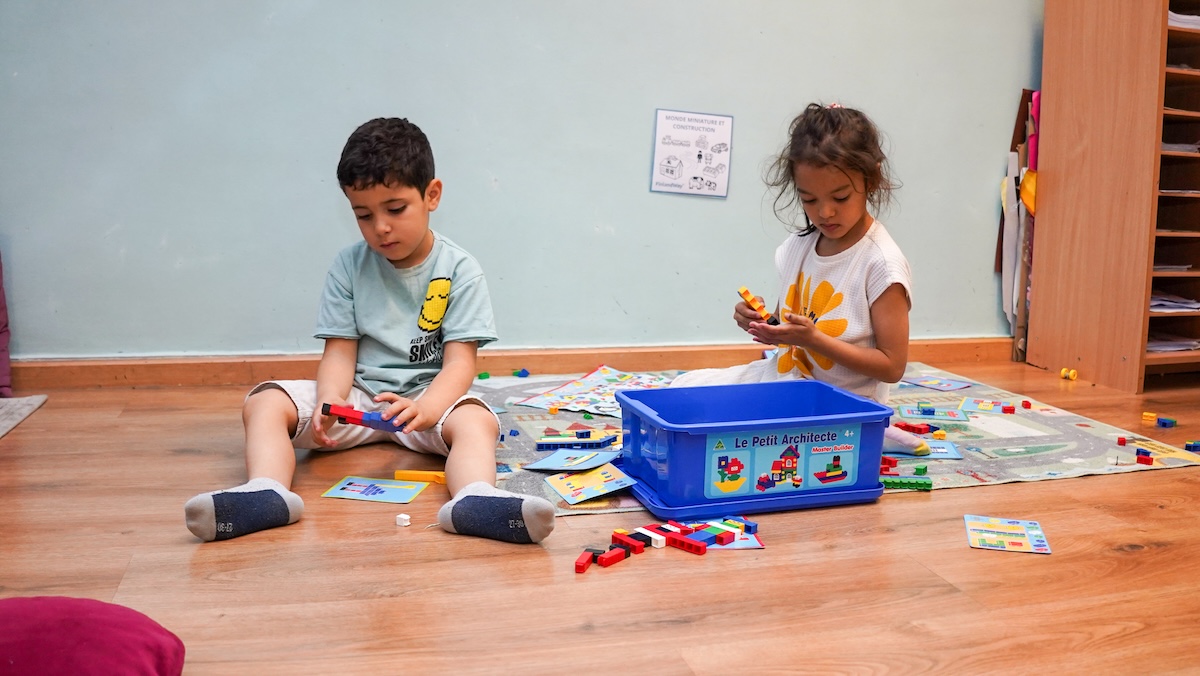
The power of soft skills for future-ready children
Soft skills are personal qualities and social abilities that influence how children connect with others, handle challenges, and express themselves. They are the foundation of emotional intelligence and play a vital role in both personal and academic success.
These skills include communication and empathy, teamwork and collaboration, adaptability and flexibility, as well as creativity and storytelling. Through strong communication, children learn to express their thoughts clearly and listen to others with understanding. Empathy helps them recognize and respect different perspectives. Teamwork teaches cooperation and shared responsibility, while adaptability allows them to handle change with confidence. Creativity and storytelling foster imagination, problem-solving, and self-expression.
Unlike technical or academic skills, soft skills cannot be replaced or automated by technology. In an age increasingly shaped by artificial intelligence, these abilities remain essential for building meaningful relationships, solving complex problems, and thriving in any environment.
Why soft skills satter sust as much as STEM
Recent research published in Harvard Business Review reveals that soft skills matter now more than ever, with high performers leveraging communication, empathy, and adaptability to thrive in change.
Similarly, a Forbes article highlights that while technical ability is teachable, it is interpersonal skills such as listening, team-building, leadership, that often determine long-term success.

Stem vs soft skills – do we really need to choose?
The false dichotomy
The truth is, there’s no need to pit STEM against soft skills. Both are crucial for Future Skills. A child who excels in maths but struggles to work in a team may face challenges in the workplace. Similarly, a child with excellent communication but no technical knowledge may miss out on career opportunities.
How STEM and soft skills work together
STEM and soft skills work hand in hand, creating a strong foundation for children to think critically, innovate, and collaborate effectively. STEM subjects develop logical thinking and technical understanding, while soft skills bring in the human qualities of creativity, communication, and empathy that turn ideas into meaningful results.
Problem-solving grows stronger when supported by creativity, helping children approach challenges from different angles and discover original solutions. Technological innovation depends on empathy, as understanding people’s needs leads to more thoughtful and user-friendly designs. Data analysis becomes more powerful when combined with clear communication, allowing children to share insights in ways that others can easily understand and apply.
When STEM and soft skills are developed together, children gain not only the ability to master technology but also the wisdom to use it creatively and responsibly to make a positive difference in the world.
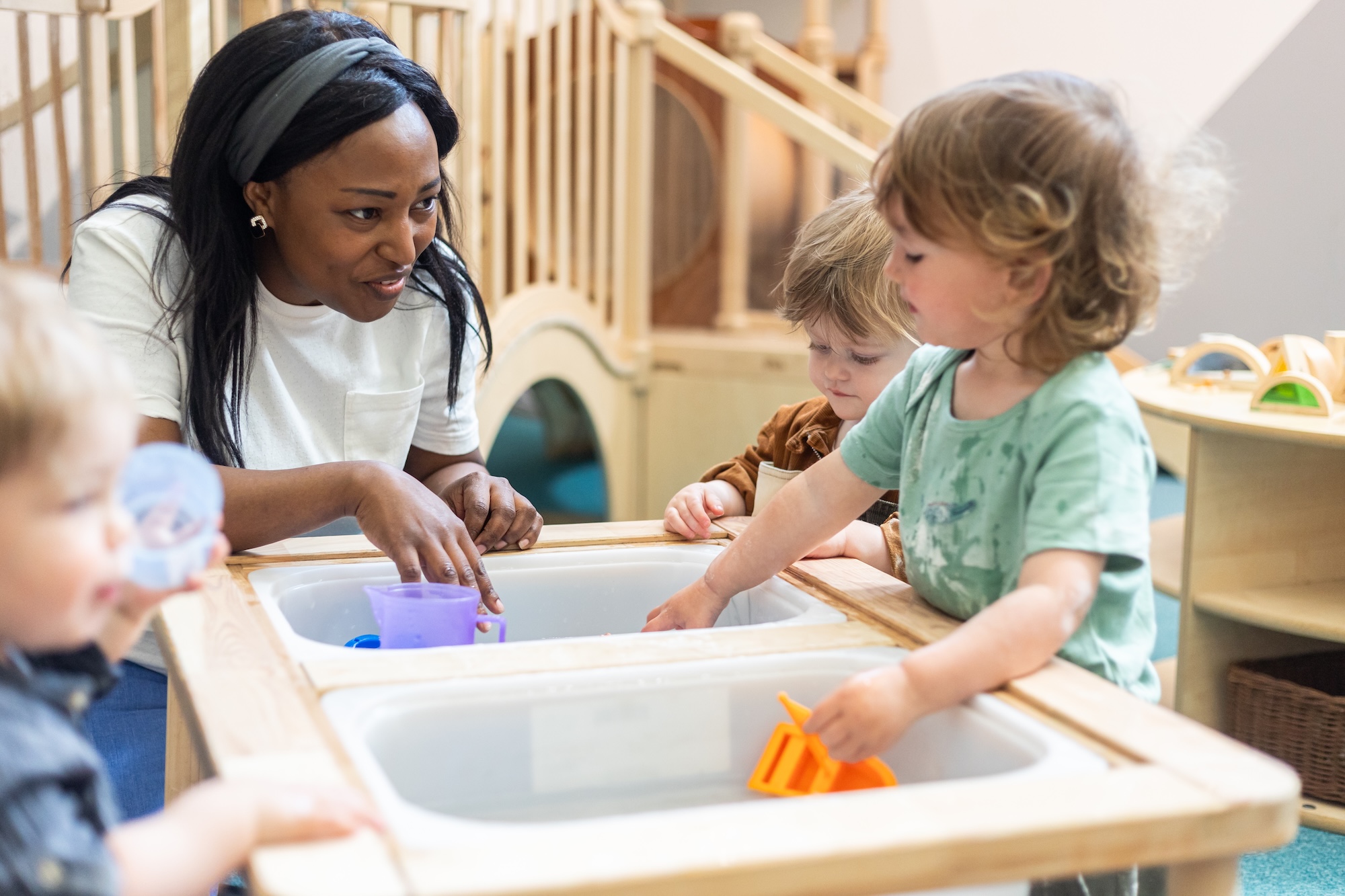
How schools can prepare children with future skills
The FinlandWay approach
At FinlandWay Schools, learning is designed to be holistic and play-based, nurturing every aspect of a child’s development. Children are encouraged to explore STEM concepts through hands-on, engaging activities that spark curiosity and critical thinking. At the same time, they build essential soft skills such as communication, collaboration, and creativity through meaningful interactions and playful discovery.
This balanced approach ensures that academic growth develops alongside emotional and social well-being. By integrating STEM learning with real-world experiences and creative expression, FinlandWay help children grow into confident, curious, and compassionate learners who are ready to thrive in a rapidly changing world.
Practical ways for parents to support at home
Parents also play a vital role in nurturing future skills:
- Introduce STEM toys such as coding games or building blocks.
- Use storytelling and role-play to strengthen communication and empathy.
- Encourage group activities with friends to develop teamwork.
- Balance screen time with activities that involve real interaction.
Global perspectives on future skills
Education systems worldwide are evolving to embed future skills more deeply. As the World Economic Forum explains in its analysis of education, balancing technical and human capacities is essential for preparing tomorrow’s generation.
Meanwhile, Harvard Business Review and Forbes underline that integrating soft skills into learning outcomes improves long-term employability and leadership potential.
Frequently asked questions (FAQ)
- What are the most important future skills for children?
Critical thinking, adaptability, digital literacy, collaboration, and emotional intelligence. - Is STEM education enough to prepare kids for the future?
STEM is essential, but soft skills are equally important to create well-rounded, future-ready individuals. - How can parents help children develop soft skills?
Through role-play, storytelling, open communication, and encouraging teamwork at home. - Why do employers value soft skills so highly?
Because they foster strong collaboration, leadership, and resilience—qualities that machines cannot replace. - What is the best balance between STEM and soft skills in schools?
An integrated approach where academic knowledge meets social-emotional learning, as demonstrated by FinlandWay Schools.
Conclusion
To truly prepare children for the future, the focus should not be on choosing between STEM and soft skills, but on integrating them. When combined, they create the foundation of Future Skills, abilities that empower children to adapt, lead, and innovate in an ever-changing world.
Both schools and parents play an important role in nurturing these skills. At FinlandWay Schools, the mission is to help every child grow with a balanced blend of knowledge, creativity, and empathy. By fostering both intellectual and emotional development, children gain the confidence and capability to shape their own future with curiosity, compassion, and purpose.

